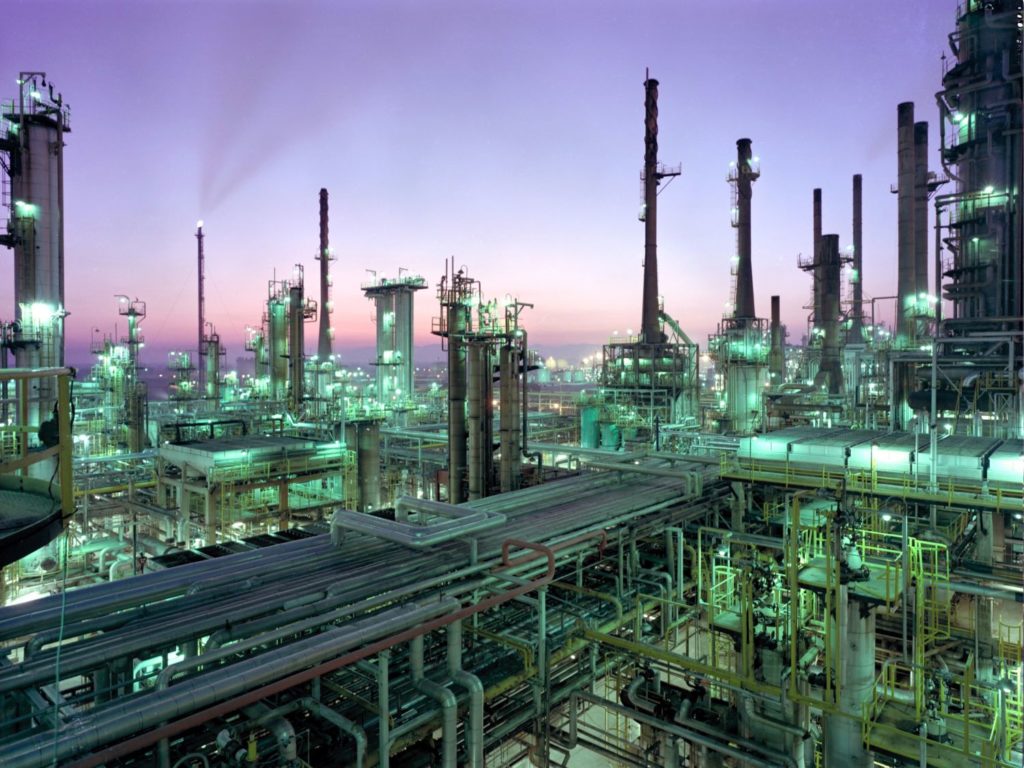
There are a range of flare monitoring systems to detect and alarm if the flare is unlit. Each technology utilises a feature of the flare such as heat, light or sound.
In some countries, to comply with environmental regulations it is essential to confirm that the main flare or pilot flare always remains lit.
Where a flare is unintentionally unlit the methane emissions are much higher than reported based upon flow rates.
Acoustic monitoring systems respond to the specific sound signature of a pilot burning that is transferred along the pipe work.
Where cold flares are in operation (where emissions can vary between vented gas and combusted gas) the inclusion of alarm systems can help identify what operating state the system is in.
Flame status can be determined by several means including monitoring heat, ionized gas, light or sound. To give constant feedback of pilot status one of the following systems will need to be used:
Whilst standards such as API 537 require the use of pilots in the flare, there are a large number of older facilities that operate without pilots.
For choosing properly the flame monitoring system, it is important know if it will supervise a pilot flame or a flare flame.
| Technology |
Individual pilot |
Ground level Maintenance |
Instantaneous response |
| Thermocouple |
X |
X |
|
| Fiber Optic |
X |
X |
X |
|
Optical at grade |
X |
X |
|
| Acoustic |
X |
X |
|
|
Flame ionization |
X |
X |
Advantages
Easy to install and maintain
Operate from grade-level, no need to access the flare
Instantaneous response
Limitations
May not be able to distinguish between pilot or main flare
Interference from other noise sources
requires access to power and data management systems
Go Deeper
Case study
Case study to be added in the future
There are a range of flare monitoring systems to detect and alarm if the flare is unlit. Each technology utilises a feature of the flare such as heat or light. Alarms provide a near real-time alert that conditions in a flare have fallen outside of a predetermined threshold - such as when crosswinds or intermittent flow have led to a flare extinguishing. An unlit flare is a more significant source of methane and a more potent source of greenhouse gases as none of the gas is being converted to carbon dioxide.